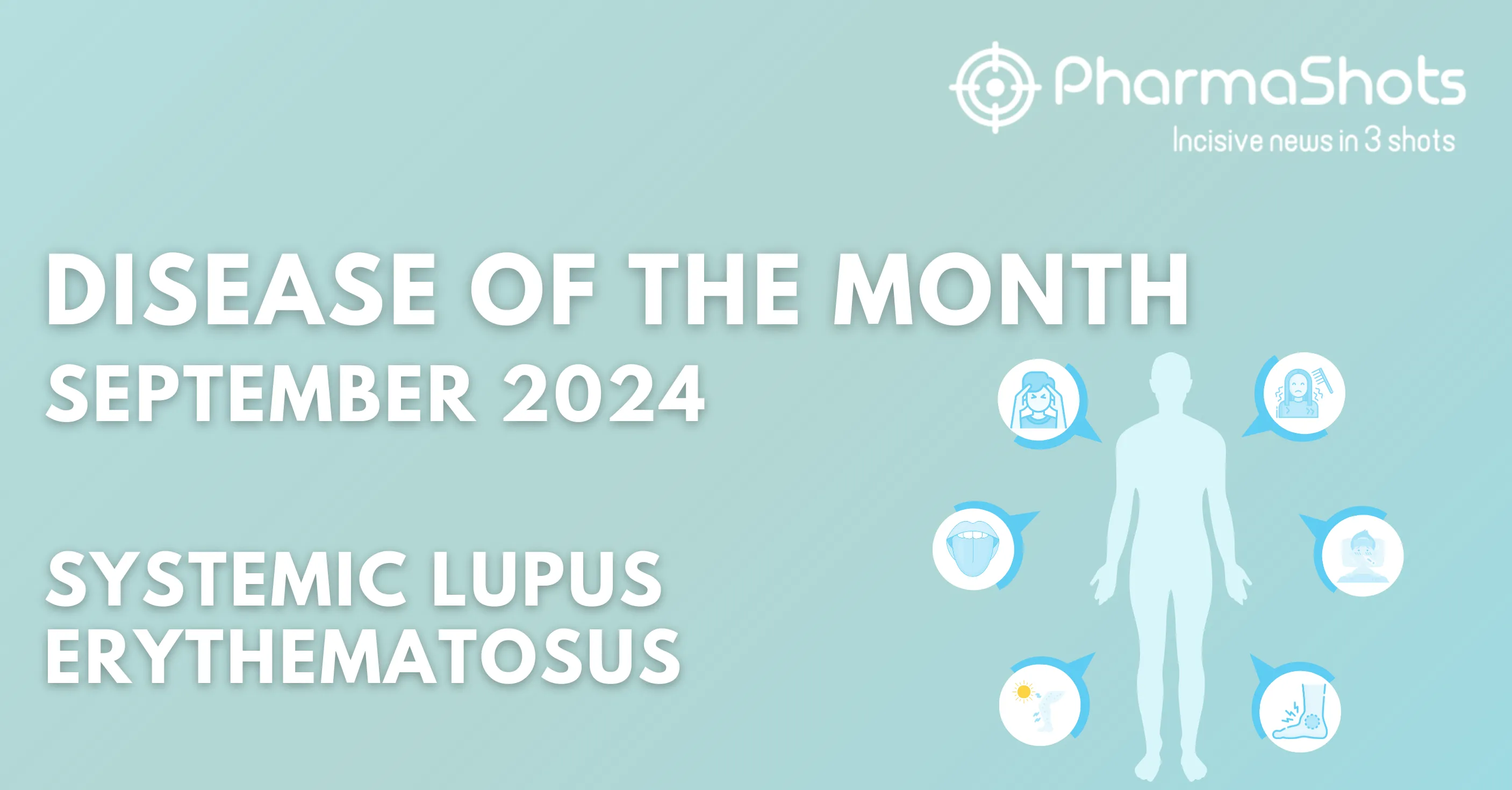
UX design in the field of healthcare
In the healthcare sector, user experience (UX) cannot be overestimated, because this directly affects both the effectiveness of the doctors themselves and the work of the hospital as a whole. UX design essentially guarantees the quality of interaction between the healthcare system and all its users, including patients, specialists, and healthcare providers. For example, a Healthcare UX/UI Design Agency provides improved access to services, personalized care and, ultimately, improved health for all stakeholders.
Principles of UX design in the field of healthcare
However, to make a competent interface for the hospital you need to take into account a huge number of factors. Therefore, the principles of UX design applied to the healthcare sector must take into account the specific needs associated with this highly sensitive and regulated environment.
We are talking about creating information systems that will not only be easy to use but also increase the safety, accuracy, and efficiency of medical care. Moreover, if the design is well and precisely thought out, it can even lead to increased adherence to treatment, reduction of medical errors, and increased satisfaction of both patients and medical professionals.
However, the development of an effective user experience in the healthcare sector faces unique challenges: the complexity of medical data, and the need to comply with regulatory requirements. Therefore, solutions must be personalized to meet these limitations, but at the same time be intuitive and accessible. The positive impact of thoughtful UX design is reflected in improving communication between patients and healthcare providers and making it easier for everyone to make informed decisions.
Key points to remember
-
UX design is necessary to improve the interaction between healthcare systems and their users;
-
Good UX design in healthcare ensures safety, efficiency, and user satisfaction;
-
UX challenges in healthcare include data complexity, regulatory compliance, and user diversity.
The importance of UX design in healthcare
The user experience (UX) in healthcare is crucial because of its direct impact on patient well-being and safety. High-quality UX design ensures that medical applications are accessible, understandable, and effective for users.
Facilitating the patient experience
-
Reducing errors: Intuitive design reduces the risk of misunderstandings or mistakes on the part of users;
-
Improved accessibility: Well-designed interfaces take into account the needs of users with different skill levels;
-
Optimization of work processes for medical professionals;
-
Saves time: Well-designed systems minimize unnecessary steps, allowing staff to focus on patient care;
-
Stress reduction. A good UX reduces the cognitive load and stress associated with the use of complex technologies.
The impact on the state of health
Adherence to treatment. Easy-to-use applications help patients comply with their treatment regimen. Clear UX can prevent medical errors by positively influencing treatment outcomes.
UX design principles applied in the healthcare sector:
1. Since UX design in healthcare is primarily aimed at creating an effective, safe, and easy-to-use user interface for patients, its main function is accessibility. Accessibility is of the utmost importance in the health sector to ensure that all users, including people with disabilities, can move freely and access information.
2. Contrast and text size: they should be adapted for ease of reading.
3. Navigation using the keyboard. The system should be able to be controlled using a keyboard for people who cannot use a mouse.
4. The ergonomics of the interface involves the study and design of intuitive interfaces that simplify the execution of tasks without errors and unnecessary stress.
5. Clear layout: elements should be arranged logically and follow a functional hierarchy.
6. The sequence of actions: Gestures and commands must be the same throughout the system.
Design problems in healthcare
Of course, UX design in healthcare faces unique challenges that require close attention to ensure compliance with regulatory requirements and optimal user interaction, so it is important that professionals work on this design.
Health products are aimed at a wide range of users: from young people to the elderly, but it is important to take into account that they have different skills and levels of digital literacy. It is extremely important to develop interfaces that take into account this diversity, which pay special attention to accessibility and simplicity, so that products can be used by all demographic groups.
Conclusion
Nowadays, UX design really plays a crucial role in improving the interaction between patients and healthcare systems. Moreover, it significantly affects the quality of medical care provided, and a well-designed user interface increases the likelihood that patients will monitor treatment and come to the doctor on time.
Related Post: 4 Biopharma Trends to Watch out in 2024
Tags

Darya has a law degree and is currently in the process of earning a degree in psychology, which would give her a unique perspective on the connection between legal frameworks and human behavior. Her curiosity and creative spirit led her to dive into the digital world, where she became passionate about video content creation and editing. Along the way, she also discovered a love for writing and now enjoys crafting articles on a wide range of fascinating topics. With a broad knowledge base and a passion for digital media, she brings a well-rounded and insightful approach to everything she does.













